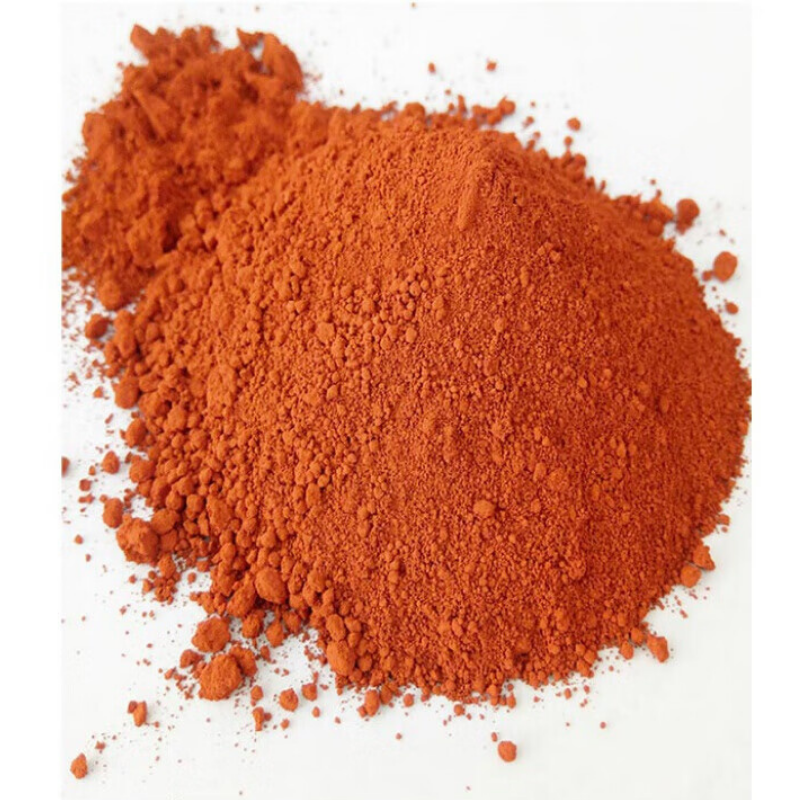
calcium carbonate marble
The Versatility and Importance of Calcium Carbonate in Marble
Calcium carbonate, a chemical compound with the formula CaCO3, is an essential component found in various geological formations, the most notable being marble. Marble is a metamorphic rock resulting from the recrystallization of limestone under pressure and heat, wherein calcium carbonate is the primary mineral. The significance of calcium carbonate in marble transcends its aesthetic appeal; it plays a critical role in various industries, environmental processes, and cultural history.
The Composition and Formation of Marble
Marble is primarily composed of calcium carbonate, which constitutes around 99% of its mineral content in significant deposits. The formation of marble begins with limestone, which is formed from the accumulated remains of marine organisms. Over millions of years, geological processes such as tectonic movements convert limestone into marble. This process not only transforms limestone's texture, giving it the characteristic crystalline appearance but also enhances its durability and strength.
The transformation involves recrystallization, where the original limestone's calcite crystals grow larger, leading to a denser rock formation. The resulting marble exhibits a range of colors and patterns, often influenced by impurities such as iron oxides or clay minerals. Consequently, the artistic and architectural appeal of marble, with its intricate veining and rich hues, can be attributed to these variations in calcium carbonate.
Applications of Marble in Industries
The applications of marble, predominantly composed of calcium carbonate, span across numerous industries. One of the most evident is in construction and architecture. Marble has been used for centuries in monumental structures, sculptures, and flooring due to its beauty, durability, and workability. Famous historical landmarks like the Taj Mahal and the Parthenon showcase the grandeur and timelessness that marble brings to architectural design.
In addition to its aesthetic applications, calcium carbonate derived from marble is extensively utilized in manufacturing industries. Ground calcium carbonate (GCC), produced by crushing and grinding marble, serves as a primary filler in products such as paints, plastics, and rubber, enhancing properties like opacity and durability. Furthermore, it is used in the production of cement, an essential material in construction, where it acts as a crucial ingredient in the chemical reactions necessary for strengthening concrete.
calcium carbonate marble

Environmental Significance of Calcium Carbonate
The environmental significance of calcium carbonate cannot be overstated. It plays a vital role in the carbon cycle, a natural process that regulates atmospheric carbon dioxide. Through weathering processes, limestone and marble release calcium carbonate into soil and waterways, acting as a buffer against acidification. This is particularly important in maintaining the health of aquatic and terrestrial ecosystems, as an excess of carbon dioxide dissolved in water leads to lower pH levels, adversely affecting aquatic life.
Marble, as a source of calcium carbonate, is also used in agriculture to improve soil composition. Pulverized marble or limestone is applied to acidic soils to raise pH levels, promoting healthier crop production. Furthermore, calcium carbonate is a crucial component in the diet of many animals, aiding in bone formation and overall health.
Cultural and Historical Aspects
Marble’s allure extends beyond its physical properties; it carries a rich cultural and historical significance. The use of marble dates back to ancient civilizations, where it was associated with wealth, power, and artistic expression. Ancient Greeks and Romans meticulously sculpted marble into statues and architectural elements, which remain influential in art and design. The Renaissance period saw a resurgence in marble use, with renowned artists like Michelangelo crafting masterpieces from this versatile stone.
Today, marble continues to symbolize luxury and sophistication in home décor and design. Its timeless elegance makes it a preferred choice for countertops, floors, and decorative pieces, resonating with consumers' desires for both beauty and functionality.
Conclusion
In conclusion, calcium carbonate plays an integral role in the composition and significance of marble. Its applications extend beyond aesthetics, influencing various industries and environmental processes. From ancient artistry to modern architecture, marble remains a testament to the enduring allure of calcium carbonate. As we continue to explore sustainable practices in extraction and usage, the importance of this remarkable compound in marble will undoubtedly endure, shaping our built environment and natural ecosystems for generations to come.
Share
-
Vermiculite Wholesale – Premium Quality, Bulk Supply & Competitive PricingNewsJun.10,2025
-
Premium Glass Pebbles Custom Glass Pebbles Factory & OEM Manufacturer Reliable Custom Glass Pebbles FactoriesNewsJun.10,2025
-
Expert Custom Zeolite Producers Manufacturers & FactoriesNewsJun.10,2025
-
Custom Glow in the Dark Beads High-Quality Custom ManufacturersNewsJun.10,2025
-
China Ceramsite Balls Factory - Lightweight & Durable Media Solutions ManufacturerNewsJun.09,2025
-
Custom Matte Mica Powder Manufacturers High Quality & AffordableNewsJun.09,2025






